Difference Between Flash Pasteurizer and Chamber Pasteurizer
The key differences between a chamber pasteurizer (also called tunnel pasteurizer) and a flash pasteurizer (also called high-temperature short-time/HTST pasteurizer) lie in their processing methods, applications, and effects on the product. Here's a detailed comparison:

1. Processing Method
Chamber Pasteurizer:Used for already packaged products (e.g., bottled/canned beer, juice).
Products pass through a tunnel with multiple temperature zones (heating, holding, cooling) via conveyor belts.
Sprayed with hot water (typically 60–75°C) for gradual heating/cooling to avoid thermal shock to containers.
Slower process (minutes to hours) but ensures uniform heat penetration.
Flash Pasteurizer:
Treats unpackaged liquids (e.g., milk, juice, beer wort) before filling.
Heats the liquid rapidly to 72–85°C for 15–30 seconds, then cools immediately.
Uses plate or tubular heat exchangers for efficient heat transfer.
Faster (seconds) but requires sterile filling afterward to prevent recontamination.
2. Applications
Chamber Pasteurizer:Ideal for carbonated beverages (e.g., beer, soda) to prevent CO₂ loss during pasteurization.
Suitable for glass bottles/cans where thermal stability is critical.
Flash Pasteurizer:
Used for heat-sensitive liquids (e.g., fresh juice, dairy) to minimize flavor/nutrient loss.
Common in large-scale production due to higher efficiency.
3. Key Advantages
| Feature | Chamber Pasteurizer | Flash Pasteurizer |
| Packaging | Post-packaging treatment | Pre-packaging treatment |
| Speed | Slower (minutes–hours) | Faster (seconds) |
| Energy Use | Higher (heats containers + product) | Lower (direct liquid heating) |
| Product Impact | Gentle on containers; may affect taste | Preserves freshness; requires sterile fill |


If you’d like more helps for your selection between different products, just feel free to reach to us please!
Cheers,
Sharon
E: [email protected]
Tiantai Brewery Equipment Solutions
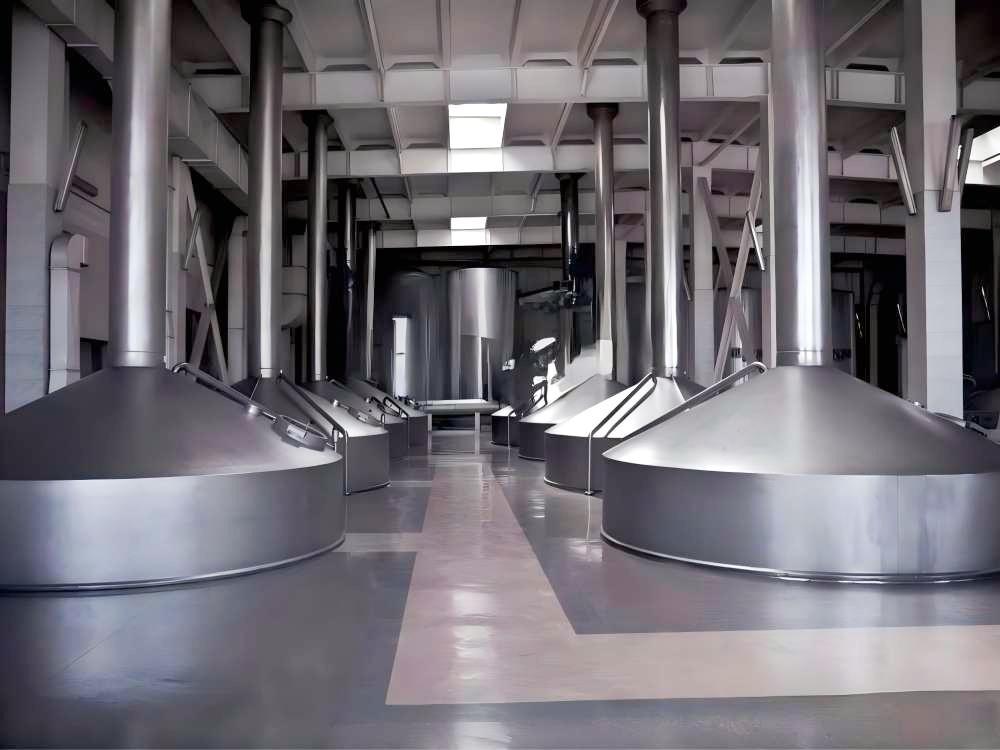
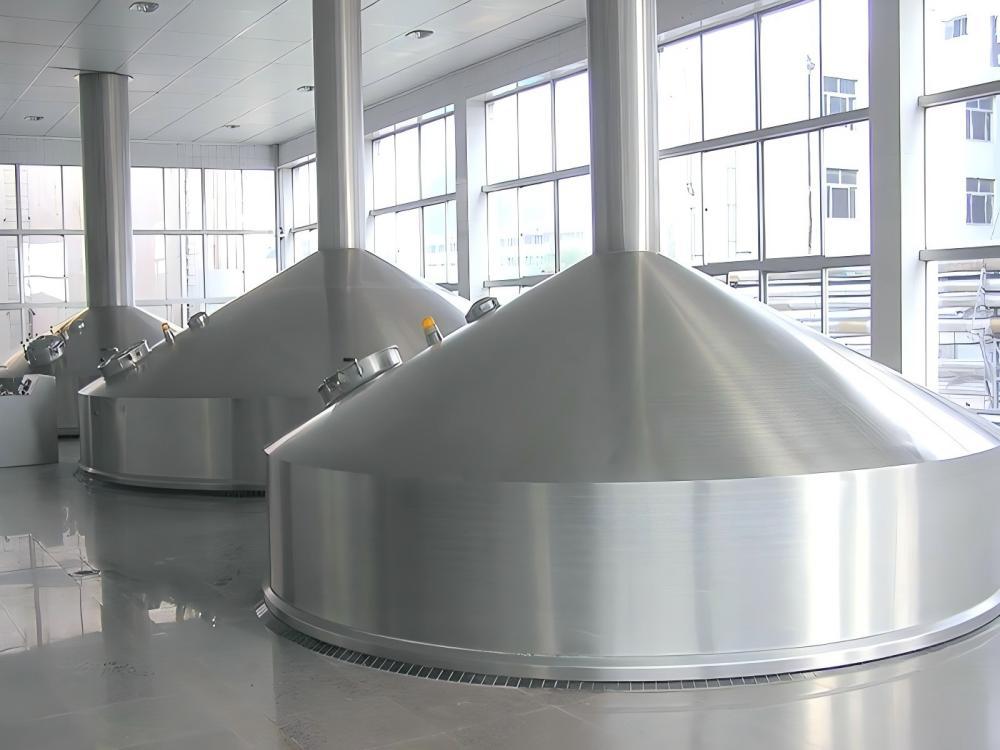
.jpg)

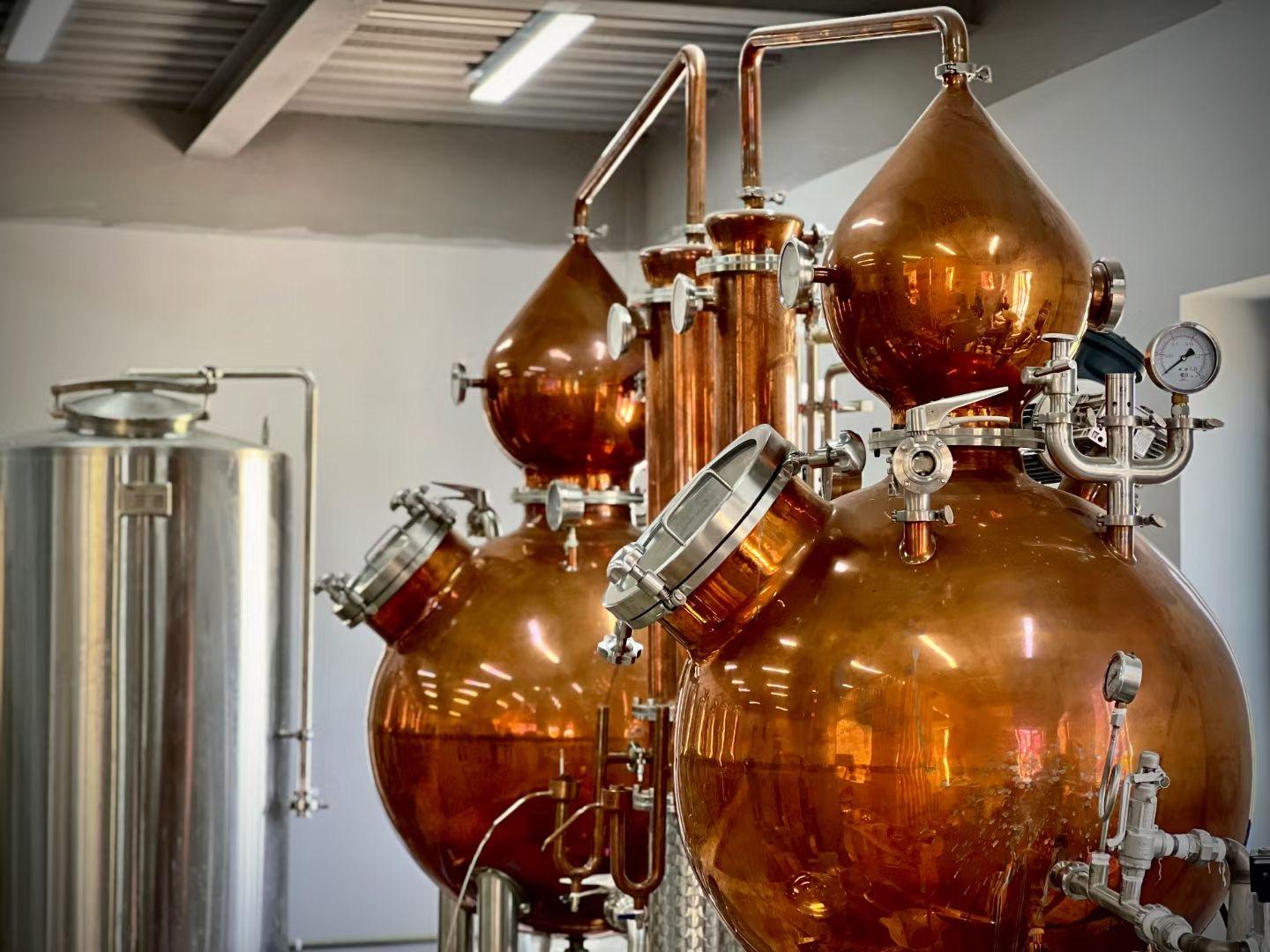

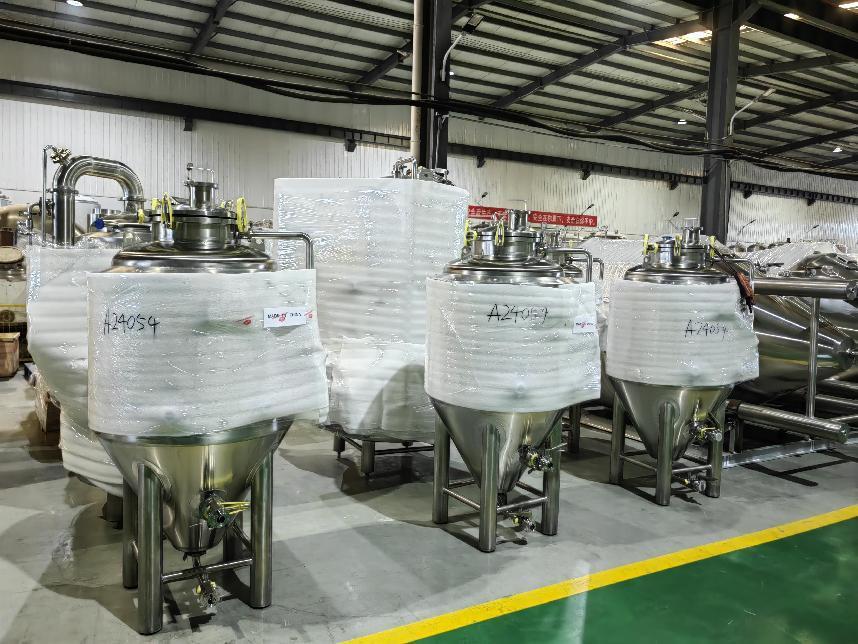
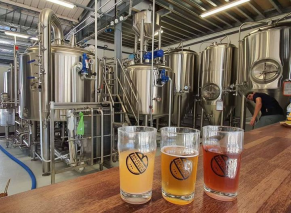
Get A Quote